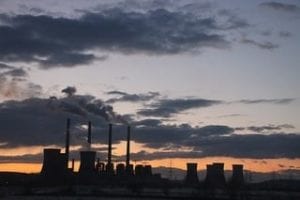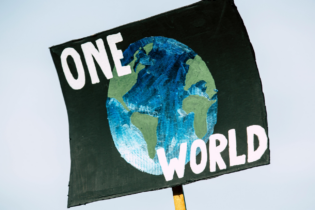New satellite data has revealed that the world’s largest air pollution hotspot is in Mpumalanga.
An analysis of the satellite data by Greenpeace points to coal and transport as the two principle sources of air pollution with Mpumalanga, which is home to a cluster of twelve coal fired power plants with a total capacity of over 32 gigawatts, topping the chart as the world’s largest NO2 hotspot across six continents. “It has been reported before that the Witbank area has the world’s dirtiest air, and now this analysis of high tech satellite data has revealed that the Mpumalanga province is the global number one hotspot for NO2 emissions,” notes Melita Steele, Senior Climate and Energy Campaign Manager for Greenpeace Africa. “This confirms that South Africa has the most polluting cluster of coal-fired power stations in the world which is both disturbing and very scary” she adds.Far reaching effects
The satellite data further revealed that Johannesburg and Pretoria are also highly affected by extreme NO2 pollution levels which blow across from Mpumalanga and into both cities due to close proximity and regular east winds. “Because South Africa’s coal-belts are hidden from view for the majority of South Africans, it can be easy to pretend that they don’t actually exist. The reality is that coal extraction and burning has devastating impacts on the people living in the area,” continues Steele.“This satellite data now confirms that there is nowhere to hide: Eskom’s coal addiction in Mpumalanga means that millions of people living in Johannesburg and Pretoria are also impacted by the pollution from coal” she adds.
The list of the largest NO2 hotspots in the world includes well known coal-fired power plants in South Africa, Germany and India, and a total of nine coal power and industrial clusters in China. Cities such as Santiago de Chile, London, Paris, Dubai and Tehran also feature high in the ranking due to transport-related emissions.







